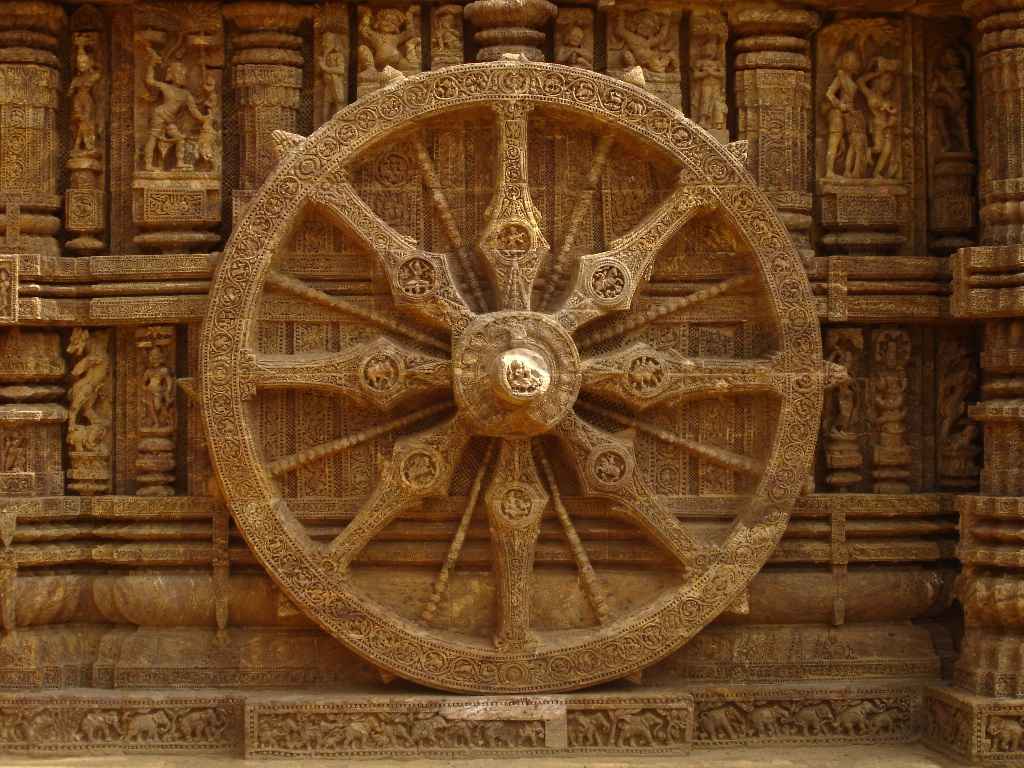Culture Of Odisha
Odisha is a confluence of the Aryan, Dravidian and Adivasi cultures. Most festivals in the state bring out some part of these cultures and celebrate their religion by way of festivals which span out the entire year. There are festivals that are common, but the celebration remains unique to a region.

Odisha has had a continuous tradition of dharmic religions especially Hinduism, Buddhism and Jainism. Ashoka's conquest of Kalinga (India) made Buddhism a principal religion in the state which led to the establishment of numerous Stupas and Buddhist learning centres. During Kharavela's reign Jainism found prominence. However, by the middle of the 9th century CE there was a revival of Hinduism as attested by numerous temples such as Mukteshwara, Lingaraja, Jagannath and Konark, which were erected starting from the late 7th century CE. Part of the revival in Hinduism was due to Adi Shankaracharya who proclaimed Puri to be one of the four holiest places or Char Dham for Hinduism. Odisha has, therefore, a syncretic mixture of the three dharmic religions as attested by the fact that the Jagannath Temple in Puri is considered to be holy by Hindus, Buddhists and Jains. Presently, the majority of people in the state of Odisha are Hindus. As per the census of 2001, Odisha is the third largest Hindu-populated state (as a percentage of population) in India. However, while Odisha is predominantly Hindu it is not monolithic. There is a rich cultural heritage in the state owing to the Hindu faith. For example, Odisha is home to several Hindu saints. Sant Bhima Bhoi was a leader of the Mahima sect movement, Sarala Dasa, was the translator of the epic Mahabharata in Odia, Chaitanya Dasa was a Buddhistic-Vaishnava and writer of the Nirguna Mahatmya, Jayadeva was the author of the Gita Govinda andThe first great poet of Odisha is the famous Sarala Das who wrote the Mahabharata, not an exact translation from the Sanskrit original, but a full-blown independent work. Sarala Mahabharat has 152,000 verses compared to 100,000 in the Sanskrit version. Among many of his poems and epics, he is best remembered for his Sarala Mahabharata. Chandi Purana and the Vilanka Ramayana are also two of his famous creations. Arjuna Das, a contemporary to Sarala Das, wrote Rama-Bibha, a significant long poem in Odia. Towards the 16th century, five poets emerged, though there is hundreds year gap in between them. But they are known as Panchashakhas as they believed in the same school of thought, Utkaliya Vaishnavism. The poets are Balarama Dasa, Jagannatha Dasa, Achyutananada Dasa, Ananta Dasa and Jasobanta Das. The Panchasakhas are very much Vaishnavas by thought. In 1509, Chaitanya, an Odia devotee of Vishnu whose grandfather Madhukar Mishra had emigrated to Bengal, came to Odisha with his Vaishnava message of love.